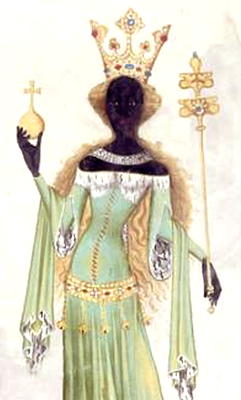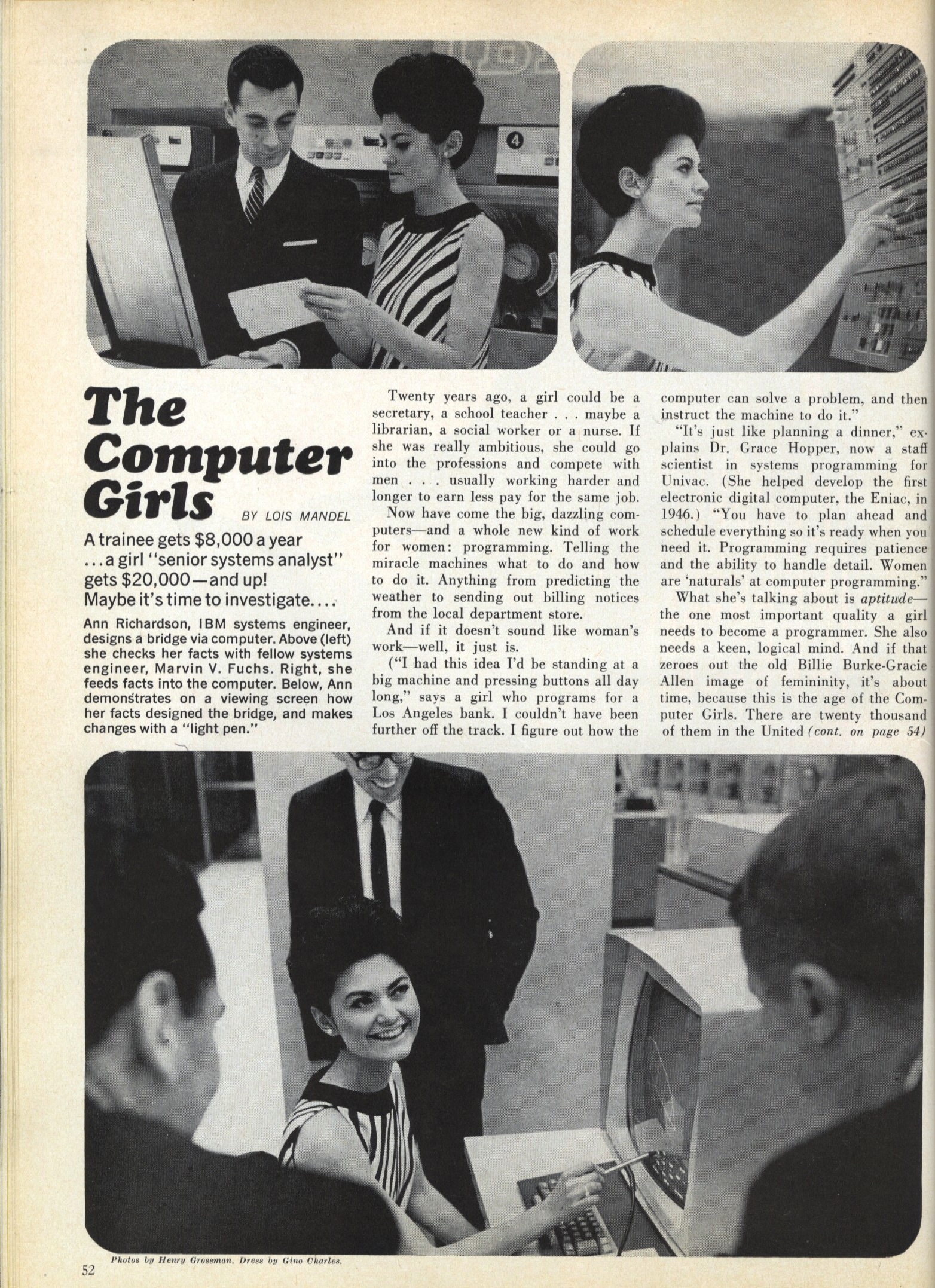Wednesday, June 26th, 2013 | Author:
Lilly I can only assume that media planners figure IDEO fans are men. That’s my guess from watching the recent 60 minutes profile of IDEO’s David Kelley (several times…research!). The first time I was presented with a Viagra ad, which I’ll return to in a moment. The second time, an arthritis ad featuring golfer Phil Mickelson. Both ads directed me to Golf Magazine for more information and then let me move on to my Charlie Rose interview.
The interview profiled IDEO co-founder David Kelley and his Palo Alto company IDEO. We learned about the importance of diversity in breakthrough creativity — anthropologists, computer scientists, mechanical engineers, and business people, almost exclusively (it so happens) white, get together and talk across their domains of professionalized knowledge and liberal and technical educations. Not the only definition of diversity out there, but one to watch out for. Diversity doesn’t actually mean people from different class backgrounds or different social positionalities here. Diversity means people educated in different ways, but educated well with the “creative confidence” to meet the toughest challenges.
Kelley then tells a story of working on an early Apple mouse with Steve Jobs at Apple. The two became good friends, Kelley tells Rose. Kelley on Jobs:
Kelley: “He would call me at 3am!”
Rose: “At 3am.”
Kelley: “We were bachelors so he knew he could call me. Right? So he’d call me at 3 o’clock, ‘hey it’s Steve.’ At 3 o’clock, I knew it was him. He’d just start, ‘you know those screws we’d use to hold those two things on the inside?’ He was deep!”
This story caught my ear as a story of creativity, as a story of economic production, and a story of masculinity. Kelley and Jobs are bachelors so they can devote their every moment of consciousness and responsiveness to the possibility of a creative project — here, the mouse. And in a world where collaboration is the key to creativity, there are no family accountabilities (women for Jobs and Kelley, though it need not be heterosexual I suppose) to fetter the creative feedback loops and produced momentum of brainstorms and productive development.
The story reminded me of my time working at Google. I went home for the evening once to find that my 23-year old teammates had made big product decisions while rock climbing together the night before. When I argued we should make big decisions at a more inclusive time and place, the product manager retorted “What? You want us to control when we come up with ideas?”
Romantic creativity and radical inclusivity seem irreconcilable here.
The Viagra commercial running with IDEO feature, viewable on YouTube, was itself a call to masculine confidence and creativity. The ad is called “The Age Where Giving Up Isn’t Who You Are.” The ad shows a grey, dusky solitary beach and an attractive, blue-eyed, aged man trying to start a fire. The wood is collected and piled, waiting for the spark. He pulls out his lighter, the manufactured and engineered tool for the job, and tries to flick it on. A part falls off of the head. The man looks slightly frustrated. “You’re at an age where giving up isn’t who you are. This is the age of knowing how to make things happen. So why let erectile dysfunction get in your way?” The protagonist goes to his toolbox, grabs a wood-paneled and brass pocketknife, and strikes the knife against the rock to spark a flame. His creative confidence meant that he didn’t give up in the face of technological failure. As soon as he lit the fire, a darkened tent 30 feet away lights up revealing the silhouette of a woman spreading out a bed on the ground.
The beneficiary of the fire on many levels?
So what does the masculinity have to do with IDEO? There are lots of women at IDEO, though I’m not sure of the percentages, so this isn’t a population representation problem. Rather, the masculine narratives we hear through these design stories (and the stories of ingenuity that associate themselves with design) often feature men, often feature heroes, and often feature the power of the idea as something that creates broader value absent of the labor or consumption it requires. Hence someone lighting the fire with creativity, and the wood burned is just found on a beach open for the taking and the labor of the knife is irrelevant. Hence a hero story on 60 minutes telling the story of a Steve Jobs and David Kelley as charismatic leaders and gurus with a lesson about thinking and caring creatives as the path to solutions, actual labor of change nowhere to be found.
What kinds of agency are recognizable here? And why are other kinds of agencies suppressed, hidden, or without consequence?
See also: Spacejump is about male enhancement for another cut through the question of technological progress and human agency

